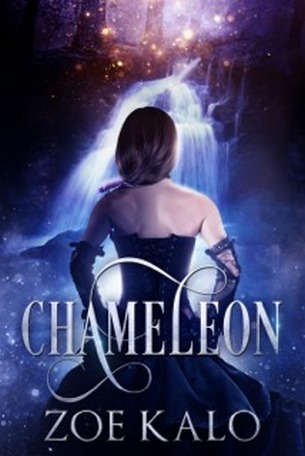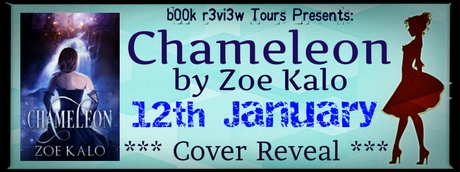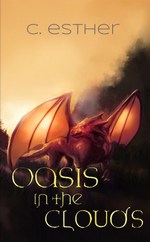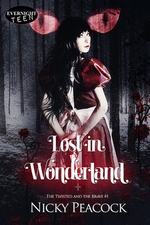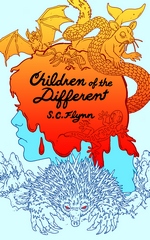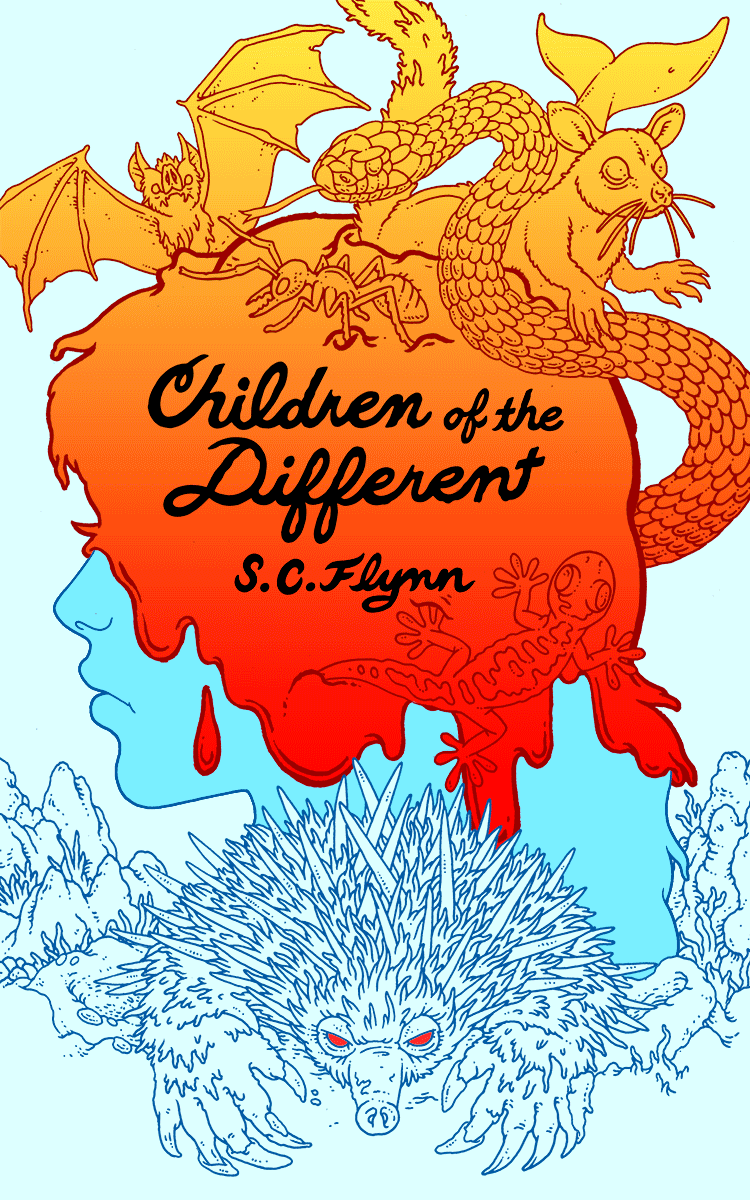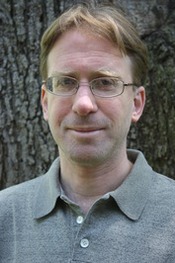I’ve been a fan of Carrie Vaughn for over a decade now — if she’s published a novel, I’ve read it (which doesn’t mean I’ve loved them all. Naturally, I jumped at the invitation to be a part of this Book Tour. My take on the book will be posted in a few, but for now, read a little bit about this book, and then keep scrolling so you can learn how to score yourself a free copy. Or go buy a copy and let someone else get it for free. 🙂
MARTIANS ABROAD
Carrie Vaughn
“It is Polly’s teen snarkiness and strong sense of self that will have readers rooting for her to get to the bottom of the mystery. … this easygoing adventure has an affable appeal.”
—Kirkus Reviews
“This is a classic ‘fish-out-of-water’ boarding-school story, focused on an adventurous, good-hearted heroine, with retro SF twists that nod to Heinlein’s oeuvre.”
—Booklist
Inverse’s 11 Science Fiction Books That Will Define 2017 List
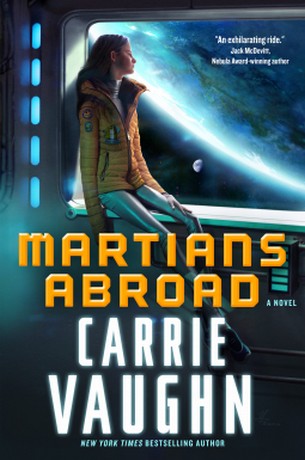
From the author of the New York Times bestselling Kitty Norville series and the highly praised After the Golden Age and Discord’s Apple, MARTIANS ABROAD (A Tor Hardcover; $24.99; On-Sale: January 17, 2017) is a modern feminist update of the classic juvenile science fiction novel by Robert Heinlein, Podkayne of Mars. Classic science fiction authors such as Vernor Vinge, Gregory Benford, and Jack McDevitt have already lauded this new take from Carrie Vaughn, which will appeal to both YA and adult audiences looking for an optimistic view of the future.
Teenage Polly Newton has one single-minded dream: to be a starship pilot and travel the galaxy. But her mother, the director of the Mars Colony, derails Polly’s plans when she sends Polly and her genius twin brother, Charles, to Galileo Academy on Earth—-the one planet Polly has no desire to visit. Ever.
Homesick and cut off from her desired future, Polly cannot seem to fit into the constraints of life on Earth, unlike Charles, who deftly maneuvers around people and sees through their behavior to their true motives. But when strange, unexplained, and dangerous coincidences centered on their high-profile classmates begin piling up, Polly is determined to find the truth, no matter the cost.
A versatile author, Vaughn has earned acclaim in multiple genres even as she continues to hit the bestseller lists. Fans know that she can entertain even while telling challenging and empowering stories about women finding their place in the world. RT VIP Salon describes “the excitement of reading a new story by Vaughn that’s set in a world that is so fascinating.” MARTIANS ABROAD will find fans in adult science fiction readers, young adult fans, and anyone looking for a new take on a classic science fiction adventure.
“Her breezy, convincing teenage heroine brings this familiar material to life: an
excellent retro-SF story retold for a new generation of aspiring starship pilots.”
—Gwyneth Jones (Ann Halam), author of Life
“This fun adventure echoes classic space cadet themes with a
bright finish. It’s in conversation with much of Heinlein’s
legacy with twists to keep it interesting-—a brisk read.”
—Gregory Benford, author of Timescape
About the Author
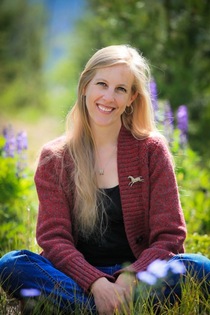 CARRIE VAUGHN, the New York Times bestselling author of the Kitty Norville books, is also the author of the stand-alone novels After the Golden Age and Discord’s Apple, and the young adult books Voice of Dragons and Steel. She holds a Masters in English Literature and collects hobbies—-fencing and sewing are currently high on the list. You can visit her online at www.carrievaughn.com.
CARRIE VAUGHN, the New York Times bestselling author of the Kitty Norville books, is also the author of the stand-alone novels After the Golden Age and Discord’s Apple, and the young adult books Voice of Dragons and Steel. She holds a Masters in English Literature and collects hobbies—-fencing and sewing are currently high on the list. You can visit her online at www.carrievaughn.com.
Giveaway!
The good people over at Tor Books want to give one of my readers a Hardcover Copy of this book — and who am I to argue? We’re going to keep this simple: if you want the book, between now and 11:59PM MST on 1/30/17, leave a comment on this post. Make it amusing, if you please — it won’t help you get the book, but it’ll make things nicer for me.
Sometime next Tuesday, I’ll use some sort of random number generator to pick a winner, and notify the winner to get your address. Sound easy enough?
Not to take anything away from my upcoming review-ish post, but trust me on this folks, you want this one.


